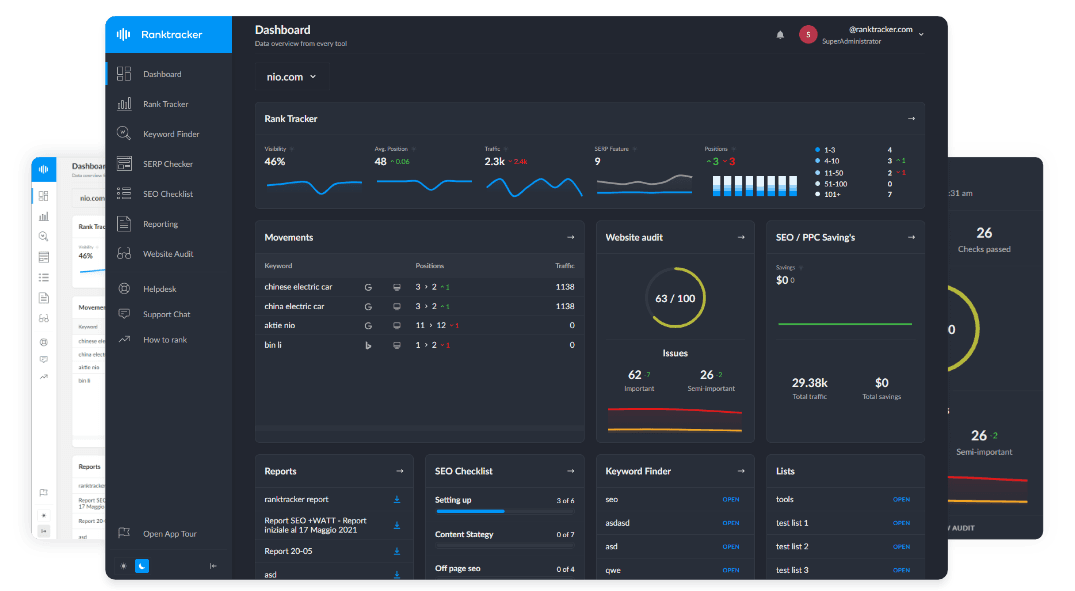Intro
Google recently made some subtle updates to its Estimated Salary (Occupation) Structured Data page. While these changes might seem minor, they hold valuable lessons for SEO professionals and content creators. The updates show how small tweaks in wording, visuals, and structure can make a big difference in how content is understood and how it performs.
Here’s a closer look at what changed and what you can take away from it.
Why These Updates Matter
In today’s search landscape, the way you craft content is more important than ever. With AI assistants and natural language queries becoming more precise, your content needs to be just as focused and clear.
Key Takeaways
- Words Matter: Even small changes in language can shape how both readers and search engines interpret your content.
- It’s About Relevance: Content isn’t just about matching a search query—it’s about providing precise answers that meet user intent.
- Clarity Wins: Simplicity and precision make content more engaging and easier to understand.
Google’s recent updates to its own documentation are a great example of how to refine content for clarity and impact.
What Changed in Google’s Documentation?
Google made three key updates to its Estimated Salary (Occupation) Structured Data page.
1. More Focused Wording
The original version talked about “job experience” search results, which was too broad and less specific. The updated version focuses solely on “estimated salary rich results,” aligning better with the page’s purpose.
- Original Text:
“Estimated salaries can appear in the job experience on Google Search and as a salary estimate rich result for a given occupation.”
- Updated Text:
“Adding Occupation structured data makes your content eligible to appear in the estimated salary rich result in Google Search results.”
This small change makes the page’s intent clearer and easier to understand.
2. Simplified Visuals
Google replaced a complex and visually attractive image with a simpler one.
- The old image featured a laptop with a screenshot and an overlay, making it look more like a product advertisement than a helpful guide.
- The new image is a straightforward example of the estimated salary rich result, making it easier for users to quickly understand the concept.
This update reminds us that visuals should always serve the content, not distract from it. Simplicity is often more effective than flashy design.
3. Clearer Grammar and Messaging
Google revised a sentence that was confusing and grammatically incorrect, turning it into something much easier to read.
- Original Text:
“You must include the required properties for your content to be eligible for display the job experience on Google and rich results.”
- Updated Text:
“You must include the required properties for your content to be eligible for display in the estimated salary rich result.”
This update not only fixes the grammar but also ensures the sentence aligns with the updated focus of the page.
Lessons for Your Own Content
Google’s updates highlight a few key strategies you can use to improve your content:
Focus on Precision
Every word matters. Make sure your content is as specific as possible and clearly communicates its purpose. Avoid vague or overly broad language that can confuse readers or dilute your message.
Simplify Your Visuals
Images and graphics should enhance your content, not complicate it. Use visuals to explain concepts clearly and keep the design simple and relevant to your audience.
Edit for Clarity
Clear, well-written content is easier for users to understand and for search engines to interpret. Review your work for grammar, structure, and flow to make sure your message is coming through.
Practical Tips to Apply These Lessons
- Write for Humans and Search Engines: Focus on creating content that resonates with readers while also aligning with SEO best practices.
- Answer Specific Questions: Users often look for precise answers, so make sure your content addresses their needs directly.
- Audit Your Old Content: Take a fresh look at your older pages and see where you can make improvements in language, visuals, and structure.
- Learn From Google: Pay attention to how Google updates its own documentation and apply similar principles to your content strategy.
Final Thoughts
Google’s recent updates may seem minor, but they’re a great reminder of the importance of precision, clarity, and simplicity in content creation. By focusing on these elements, you can create content that not only ranks well in search results but also provides real value to your audience.
Take a moment to review your own content and make adjustments where needed. Small improvements can have a big impact on how users and search engines perceive your site.

